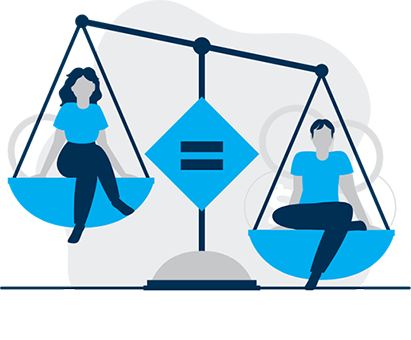Persistent barriers limit women’s access to financial services. Women continue to be less likely than men to have access to financial institutions or to possess a bank account. In spite of recent rapid increases in financial services between 2014 and 2017 — men’s bank account ownership in developing countries increased from 60 percent to 67 percent, while women’s ownership grew from 51 percent to 59 percent (Demirguc Kunt et al., 2018) — the gender gap has stubbornly remained at 9 percentage points in emerging markets since 2011 (Demirguc Kunt et al., 2018).
In an IFC study of developing economies, female-owned businesses accounted for 33 percent or US$1.5 trillion of the total SME finance gap, defined as the difference between the available supply and potential demand that could be met by financial institutions (International Finance Corporation 2017). Many women entrepreneurs do not even apply for loans because of low financial literacy, risk aversion, or fear of failure (Morsy 2020). Among those who do seek financing, lack of collateral is the most commonly cited impediment. The World Bank’s Enterprise Surveys reveal that 78 percent of the assets of a typical business in the developing world consists of movable property, such as equipment, inventory, and accounts receivable, while only 22 percent include real estate. Women may also be subject to unfavorable banking practices, such as being charged higher interest rates and having to meet shorter repayment periods. As a result, women lose opportunities to invest in their businesses, create jobs, reduce poverty, and strengthen economies. It is estimated that closing the credit gap by 2020 for women-owned SMEs in the BRIC (Brazil, Russia, India, and China) and the Next-11 (Bangladesh, Egypt, Indonesia, Iran, Mexico, Nigeria, Pakistan, the Philippines, Turkey, South Korea, and Vietnam) emerging markets could result in 12 percent higher income per capita in those countries by 2030 (Stupnytska et al. 2014).





